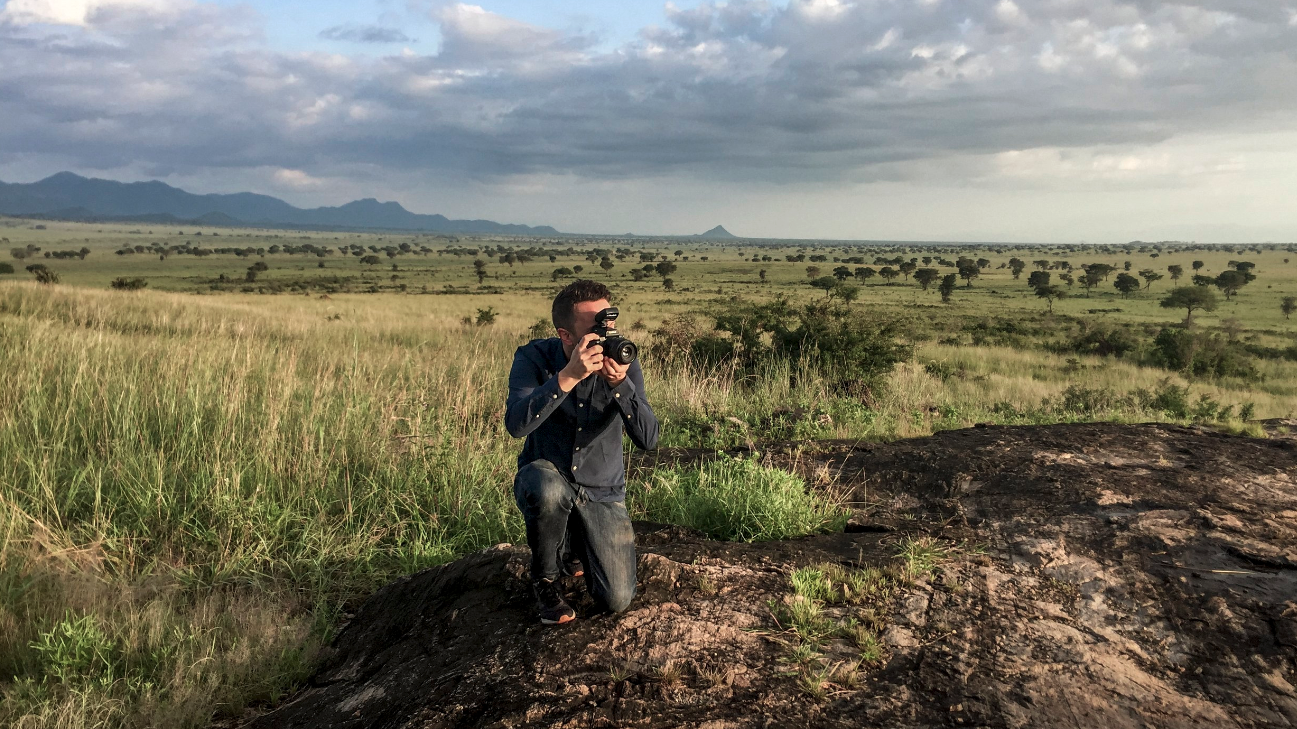Behind The Image: Fatima Babu
Fatima Babu in Thoothukudi from The Defenders - ©Thom Pierce 2018
I photographed Fatima Babu on the streets of Thoothukudi (formerly Tuticorin) just 18 days after the police killed 13 people who were protesting the expansion of a copper smelter that she had been campaigning against for 24 years.
Fatima was seen as one of the leaders of the movement and the police, who were having to answer questions about their violent reaction to the 20,000 strong crowd, were out to get her.
I had no idea of the severity of the situation until I arrived in the bustling coastal town, on my own with no idea where I was going or who I would be meeting. I had the name of my hotel and the number for a man called Raj, that was all.
Raj and I had spoken once before and he told me that he couldn’t say much over the phone, but that I should rather fly through Chennai, stay at a certain hotel and call him when I was settled.
This was my first time in India and Thoothukudi chaotic, noisy, humid and overwhelming. I found my hotel and took a walk to the estuary to get a sense of my surroundings, but the piles of rubbish and smell of toxic pollution didn’t encourage a long stay and I soon found myself back at the hotel, phoning Raj and ordering a variety of curry dishes from the hotel restaurant.
The polluted estuary of Thoothukudi
We agreed to meet at the hotel the next day and to do the interview and studio portrait in my room.
When they arrived Fatima looked rattled. It turned out that they had walked in to the hotel and seen the chief of police for the whole Tamil Nadu region in the lobby. He was staying in the same hotel as me, here from Chennai to protect the reputation of the police, and in many ways to target Fatima as one of the leaders of the protest.
Nature and pollution, side by side.
I had traveled a long way, through Uganda, Dubai and Chennai to get to meet and photograph Fatima but still my priority was her safety. I asked her if she wanted to abandon the shoot but she was steadfast, it was more important to tell the story.
After the interview we left the hotel by the stairwell and the back door and, with Fatima hiding in the back of the car, we drove through the streets of Thoothukudi to find a place for the portrait.
I wanted to be out on the streets because it told the story of the protest but due to the precarious nature of the situation that we found ourselves in, we didn’t have a lot of time.
The light was going, we only had one chance. We stopped the car, I got out and set up my flash and took a couple of test shots . When I was happy, Fatima swiftly emerged from the car and stood in the spot that I had chosen. I took several quick portraits whilst, under breath, Fatima repeated “Quickly, quickly, quickly”.
On the streets of Thoothukudi, scouting out possible locations for the shoot.
We jumped back in the car as she said, “that’s it, it’s too risky now, people know I am here". And that was it. The only opportunity we had. After 4 flights and 18 hours of travel I got the portrait and no second chances.
Fatima and her team left soon after and I returned to my hotel room, shaken and ready to leave after less than 24 hours.
You can read Fatima’s story from The Guardian here.
I look forward to your comments below…T














